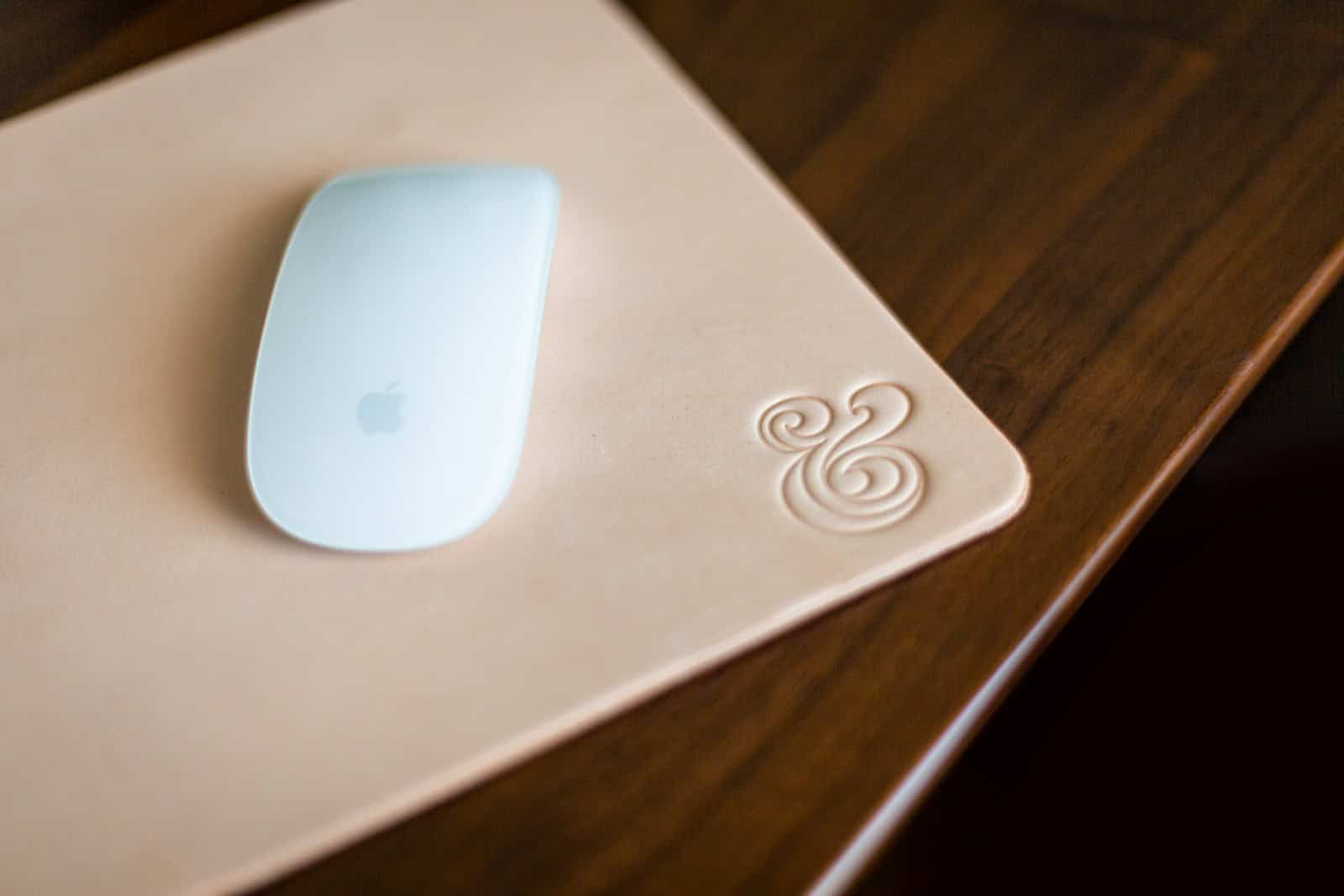Mouse jigglers have gained popularity among remote and hybrid workers seeking to maintain an active status on their computers. These devices or software applications simulate mouse movement, preventing screens from going idle. Mouse jigglers can effectively keep a computer awake and appear active, potentially bypassing monitoring systems used by employers.
While mouse jigglers may seem like a convenient solution for those working from home, their use raises ethical concerns. Some employees use them to circumvent productivity tracking tools implemented by their companies. This practice can lead to inaccurate reporting of work hours and activity levels.
Many types of mouse jigglers exist, ranging from physical devices placed under a mouse to software applications that run in the background. Some are designed to create random movements, while others follow preset patterns. The effectiveness of these tools varies, but most can successfully keep a computer from entering sleep mode.
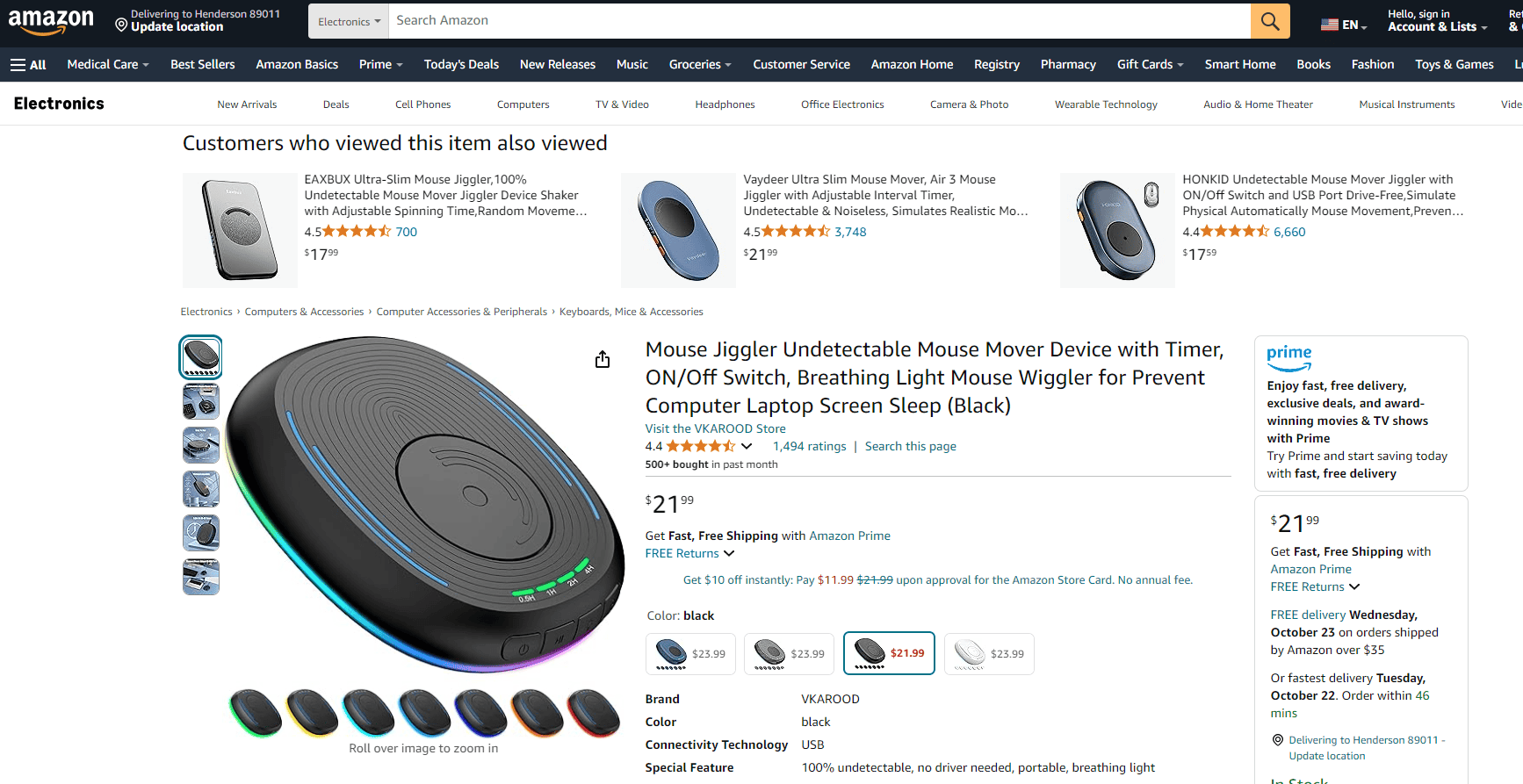
Mouse Jigglers: Do They Really Work, and Can They Be Detected?
Mouse jigglers are small devices designed to simulate mouse movements. They trick your computer into thinking you’re active, even when you’re away. This can be helpful for staying “online” in work apps or preventing your screen from locking. But do they really work? And can they be detected?
How Mouse Jigglers Work
Mouse jigglers come in different forms. Some are physical devices that physically move your mouse. Others are software programs that simulate mouse movements. Both types aim to keep your computer from going idle. They generate small, irregular movements that keep your mouse active in the eyes of your operating system.
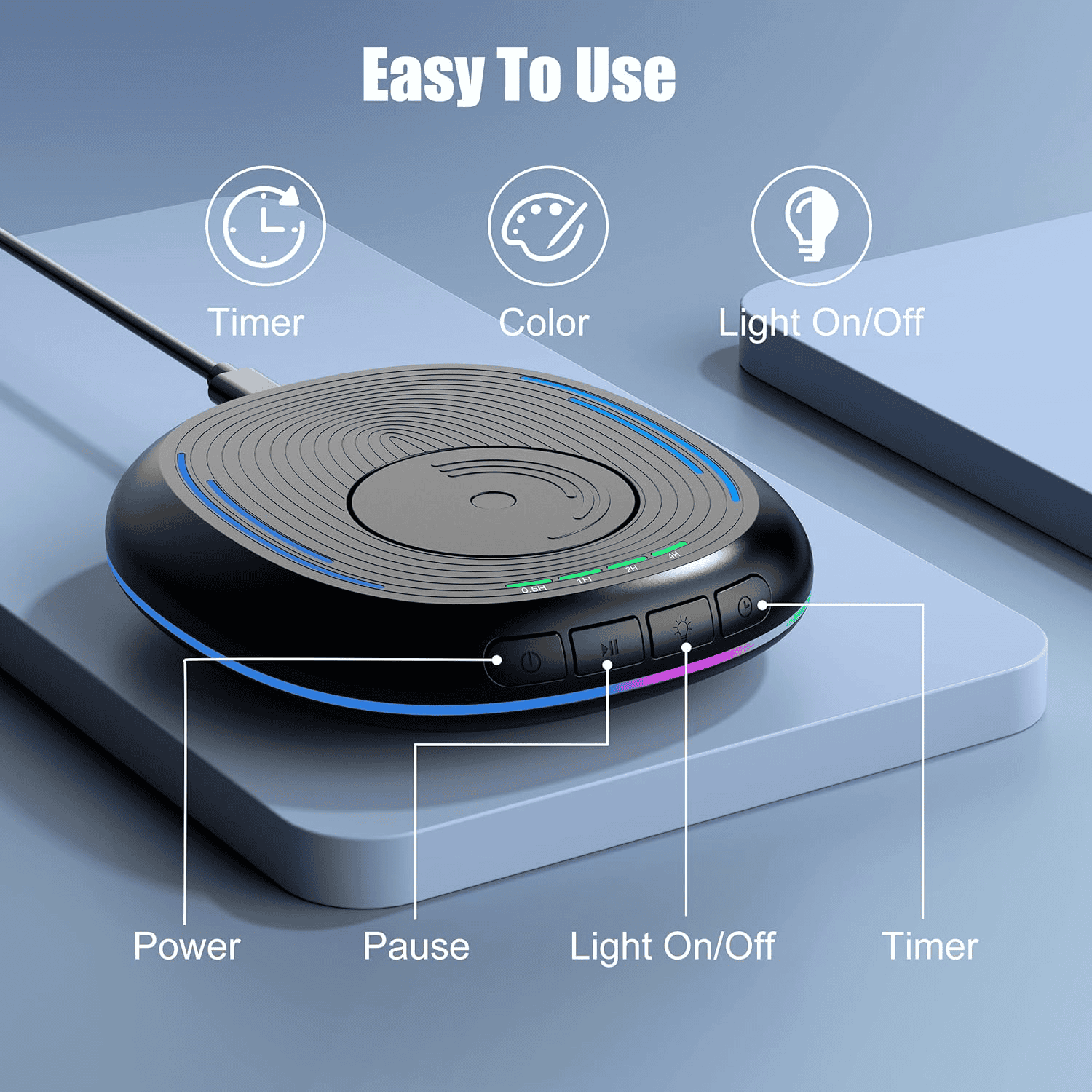
Image Credit: Amazon
Effectiveness of Mouse Jigglers
In many cases, mouse jigglers can be quite effective. They can prevent your computer from going to sleep, locking, or showing you as “away” in communication apps. However, their effectiveness depends on how your system monitors activity. Some sophisticated systems might detect the repetitive or unnatural patterns of a jiggler and still flag you as inactive.
Can Mouse Jigglers Be Detected?
This is where things get tricky. While basic mouse jigglers might go unnoticed, more advanced monitoring software can often detect them. Here’s how:
- Movement patterns: Some software can analyze mouse movement patterns and identify unusual repetition or lack of human-like variation.
- Input analysis: Advanced systems might track not only mouse movement but also keyboard input, application usage, and other activity indicators. If your mouse is moving but you’re not typing or interacting with applications, it could raise suspicion.
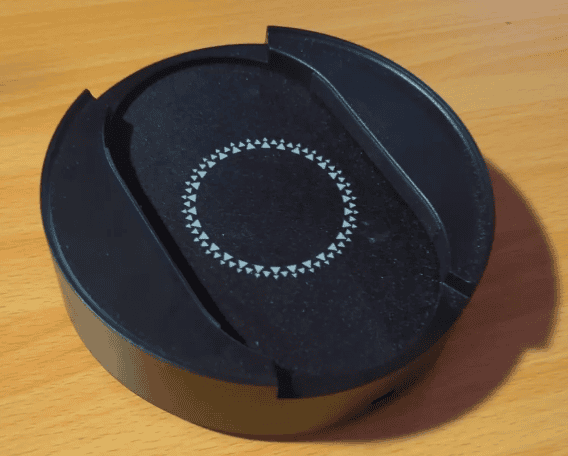
Ethical and Practical Considerations
Using a mouse jiggler might be against your company’s policies or even ethical guidelines. It’s important to be aware of the potential consequences. If your employer has rules about activity monitoring, using a jiggler could be considered a breach of trust.
Alternatives to Mouse Jigglers
If you’re concerned about being detected or want a more ethical approach, consider these alternatives:
- Adjusting power settings: Increase the time it takes for your computer to go to sleep or lock.
- Using a legitimate “away” status: If your communication app allows it, set your status to “away” or “busy” when you need a break.
- Taking actual breaks: Step away from your computer periodically to rest and recharge. This is better for your health and well-being in the long run.
| Type of Mouse Jiggler | How it Works | Detectable? |
| Physical | Physically moves the mouse. | Potentially, especially by advanced software. |
| Software | Simulates mouse movement. | More likely to be detected by monitoring software. |
The Cat-and-Mouse Game of Detection
While some users have reported success with simple mouse jigglers, it’s important to remember that detection methods are constantly evolving. IT departments and software developers are aware of these devices and are developing ways to identify their use. Some companies may even have explicit policies against using mouse jigglers, as they can be seen as a form of time theft or a way to circumvent security measures.
The “Human” Factor
Even if a mouse jiggler isn’t directly detected by software, it can still raise suspicion if your overall activity patterns seem unusual. For example, if your mouse is constantly moving but you’re not typing, clicking on anything, or interacting with applications, it could be a red flag for someone monitoring your activity. Some users have suggested combining a mouse jiggler with other activity simulators, such as programs that periodically type random characters or switch between applications, to create a more convincing illusion of human presence. However, this can be risky and may not fool sophisticated monitoring systems.
The Importance of Transparency
If you’re considering using a mouse jiggler in a work environment, it’s crucial to be transparent with your employer and understand their policies. Some companies may be more lenient about their use, especially if you have a legitimate reason for needing to keep your computer active. In other cases, it might be best to avoid them altogether to maintain trust and avoid potential consequences.
The Future of Mouse Jigglers
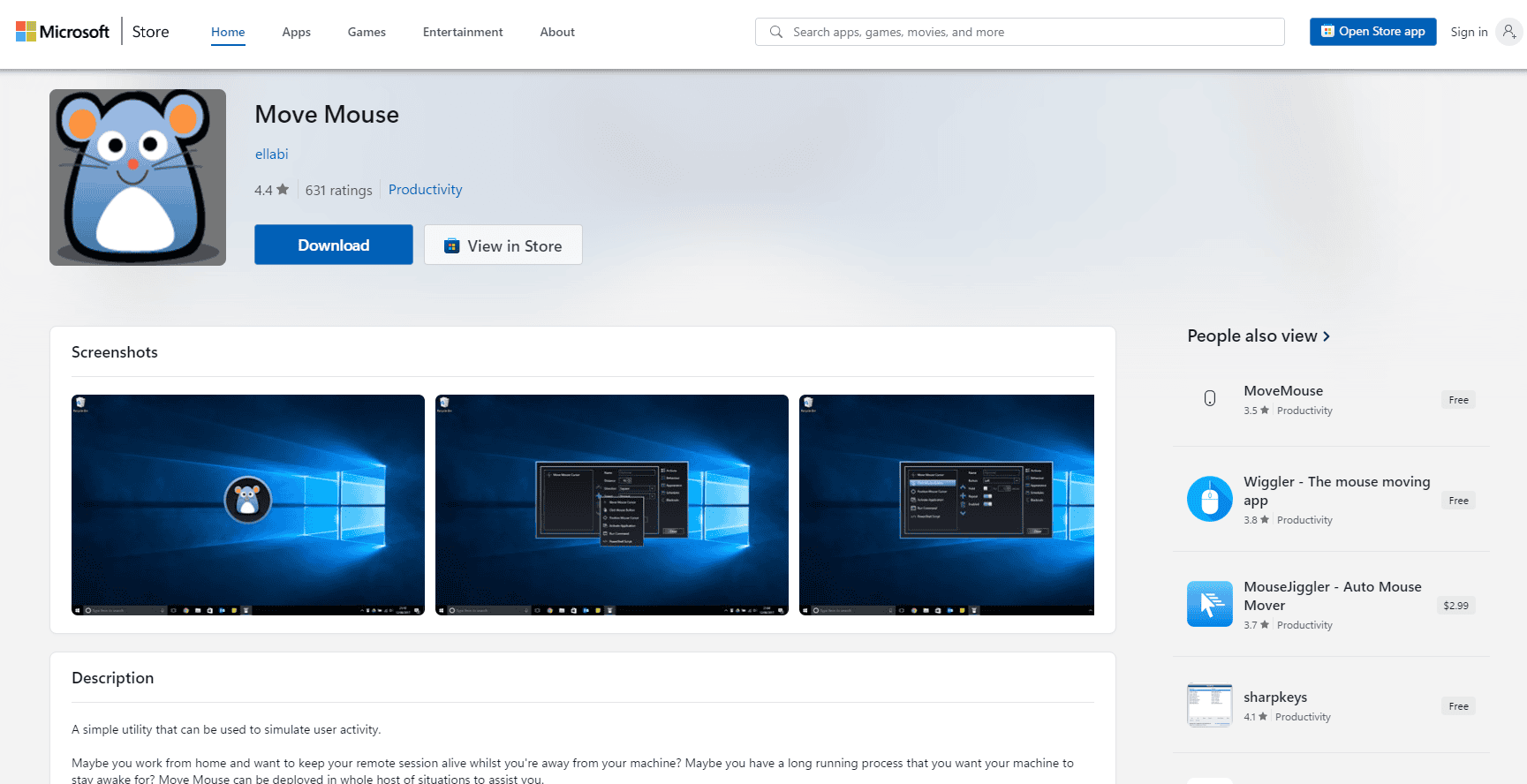
As technology advances, the effectiveness of mouse jigglers may become increasingly limited. More sophisticated monitoring systems that incorporate artificial intelligence and machine learning could become better at distinguishing between human activity and simulated mouse movements. It’s possible that future iterations of mouse jigglers will need to become more sophisticated themselves to keep up with these advancements.
Software vs. Mechanical Mouse Jigglers: Which is Right for You?
Mouse jigglers come in two main flavors: software-based and mechanical. Each has its own pros and cons, so choosing the right one depends on your needs and priorities.
Software Mouse Jigglers
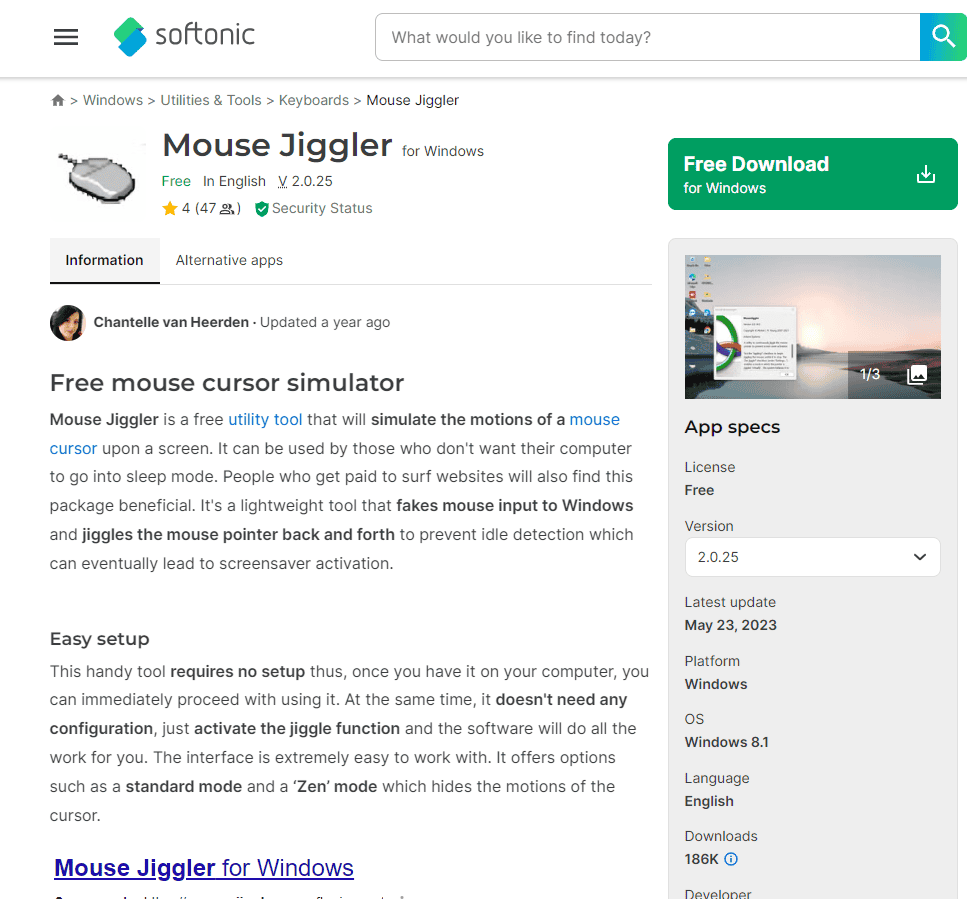
These are programs that simulate mouse movements without any physical device. They’re typically easy to set up and use, and they don’t require any extra hardware. However, they might be more easily detected by monitoring software, as they leave a digital trail of their activity. Some software jigglers offer customization options, allowing you to adjust the movement patterns and frequency.
Mechanical Mouse Jigglers

These are physical devices that plug into your computer’s USB port or sit on your desk and physically move your mouse. They’re generally less likely to be detected by software, as they don’t leave a digital footprint. However, they can be more noticeable to the human eye, and they might not work with all types of mice. Some mechanical jigglers offer different movement patterns or intensity levels.
| Feature | Software Jiggler | Mechanical Jiggler |
| How it works | Simulates mouse movement through software. | Physically moves the mouse. |
| Detectability | More easily detected by software. | Less likely to be detected by software, but more visible. |
| Setup | Easy to set up and use. | Might require some physical setup or adjustments. |
| Cost | Often free or low cost. | Can be more expensive than software jigglers. |
| Customization | Some offer customizable movement patterns. | Some offer different movement patterns or intensity levels. |
Key Takeaways
- Mouse jigglers simulate mouse activity to keep computers awake
- These tools can bypass employee monitoring software
- Both hardware and software versions of mouse jigglers are available
Understanding Mouse Jigglers and Their Uses
Mouse jigglers are devices or software programs that simulate mouse movement on a computer. They keep systems active and prevent them from entering sleep mode or showing idle status.
Types and Functionality
There are two main types of mouse jigglers: physical devices and software programs. Physical jigglers plug into a USB port and move the cursor automatically. They don’t need installation and work on most computers.
Software jigglers are apps that run in the background. They move the cursor or simulate keystrokes without extra hardware. These programs are easy to install but may be blocked by some company policies.
Both types aim to keep computers awake and active. They move the cursor slightly every few seconds to trick the system into thinking a user is present.
Common Applications
Mouse jigglers have several uses in work and personal settings. Remote workers sometimes use them to stay “active” on chat apps like Slack or Microsoft Teams. This can help avoid away status messages.
Presenters may use jigglers during long slideshows to keep screens from dimming. Gamers might employ them to prevent disconnects in online games that kick idle players.
Some people use jigglers to bypass monitoring software at work. However, this raises ethical concerns and may violate company policies. IT departments can often detect jiggler use through other means.
Frequently Asked Questions
Mouse jigglers raise several common questions about their detection, effectiveness, and workplace implications. Users often wonder about choosing the right device and potential consequences.
Are mouse jigglers detectable by IT departments?
IT departments can detect some mouse jigglers. Software-based jigglers leave traces on computers. Hardware jigglers are harder to spot. But unusual mouse activity patterns may raise suspicion.
How effective are external mouse jigglers in preventing a computer from sleeping?
External mouse jigglers work well to keep computers awake. They move the cursor regularly. This tricks the system into thinking someone is using it. Most prevent sleep mode and screen savers from activating.
What are the consequences of using mouse jigglers in a workplace environment?
Using mouse jigglers at work can lead to trouble. Employers may view it as dishonest behavior. It could result in warnings or even job loss. Some companies have policies against these devices.
What features to look for when choosing the best mouse jiggler?
Good mouse jigglers are small and easy to use. Look for ones with long battery life. Some offer different movement patterns. USB-powered options are convenient. Consider if you need software or a physical device.
How do companies discover the use of mouse jigglers by employees?
Companies use various methods to find mouse jigglers. They may check computer logs for constant mouse movement. IT teams might look for unusual network activity. Some firms use monitoring software to track employee actions.
What are undetectable mouse jigglers and how do they differ from regular ones?
Undetectable mouse jigglers aim to avoid discovery. They often use random movement patterns. Some mimic human-like cursor activity. Unlike regular jigglers, they may change speed and direction. This makes them harder for IT systems to spot.
Can a Mouse Jiggler Be Detected?
Yes, mouse jigglers can often be detected. While simple jigglers might go unnoticed, more advanced monitoring software can identify the repetitive or unnatural mouse movements they create. Some software can even analyze keyboard input, application usage, and other activity indicators to determine if someone is actively working or just using a jiggler.
Can Companies Tell if You Use a Mouse Jiggler?
Yes, many companies have the ability to detect mouse jigglers. They might use software that monitors mouse movement patterns, tracks overall computer activity, or even takes screenshots of your screen. Some IT departments can also remotely access employee computers to check for unusual activity.
Can You Get Fired for Using a Mouse Jiggler?
Yes, you can potentially get fired for using a mouse jiggler. Many companies have policies against using them, as they can be seen as a form of time theft or a way to circumvent security measures. If your employer has rules about activity monitoring and you’re caught using a jiggler, it could be considered a breach of trust and lead to disciplinary action, including termination.
Are Mouse Jigglers Really Undetectable?
No, mouse jigglers are not truly undetectable. While some basic jigglers might not be picked up by simple monitoring systems, more sophisticated software can often identify their use. The claim of “undetectability” is often a marketing tactic, and it’s important to be aware of the limitations of these devices.
Can Employers Track Mouse Movement?
Yes, employers can track mouse movement, often in conjunction with other activity monitoring tools. This can help them determine if employees are actively working or if their computers are idle. Some software can even analyze the specific patterns of mouse movement to detect anomalies that might indicate the use of a jiggler.
What Makes a Mouse Jiggler Undetectable?
Truly “undetectable” mouse jigglers are rare. However, some features that might make them harder to detect include:
- Randomized movement patterns: Jigglers that create more varied and less repetitive movements are less likely to be flagged by monitoring software.
- Minimal movement: Some jigglers generate very subtle movements that might be harder to detect.
- Hardware-based jigglers: These physically move the mouse, potentially making them harder to detect than software-based jigglers.
Is it OK to Use a Mouse Jiggler?
Whether it’s “OK” to use a mouse jiggler depends on your specific circumstances and your company’s policies. Some companies may explicitly prohibit their use, while others might be more lenient. It’s important to be aware of the potential consequences and ethical considerations before using one.
Are Mouse Jigglers Legal?
In most cases, mouse jigglers themselves are legal to own and use. However, their use might be prohibited by company policies or even violate certain laws or regulations in some jurisdictions. It’s important to check your local laws and your employer’s policies before using one.
Are Mouse Jigglers a Security Risk?
Mouse jigglers can pose a security risk if they prevent your computer from locking when you’re away from your workstation. This could allow unauthorized access to your computer and sensitive information. It’s important to be mindful of this risk and take appropriate precautions, such as manually locking your computer when you step away, even if you’re using a jiggler.

